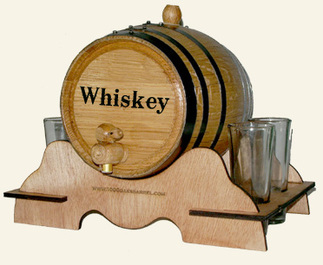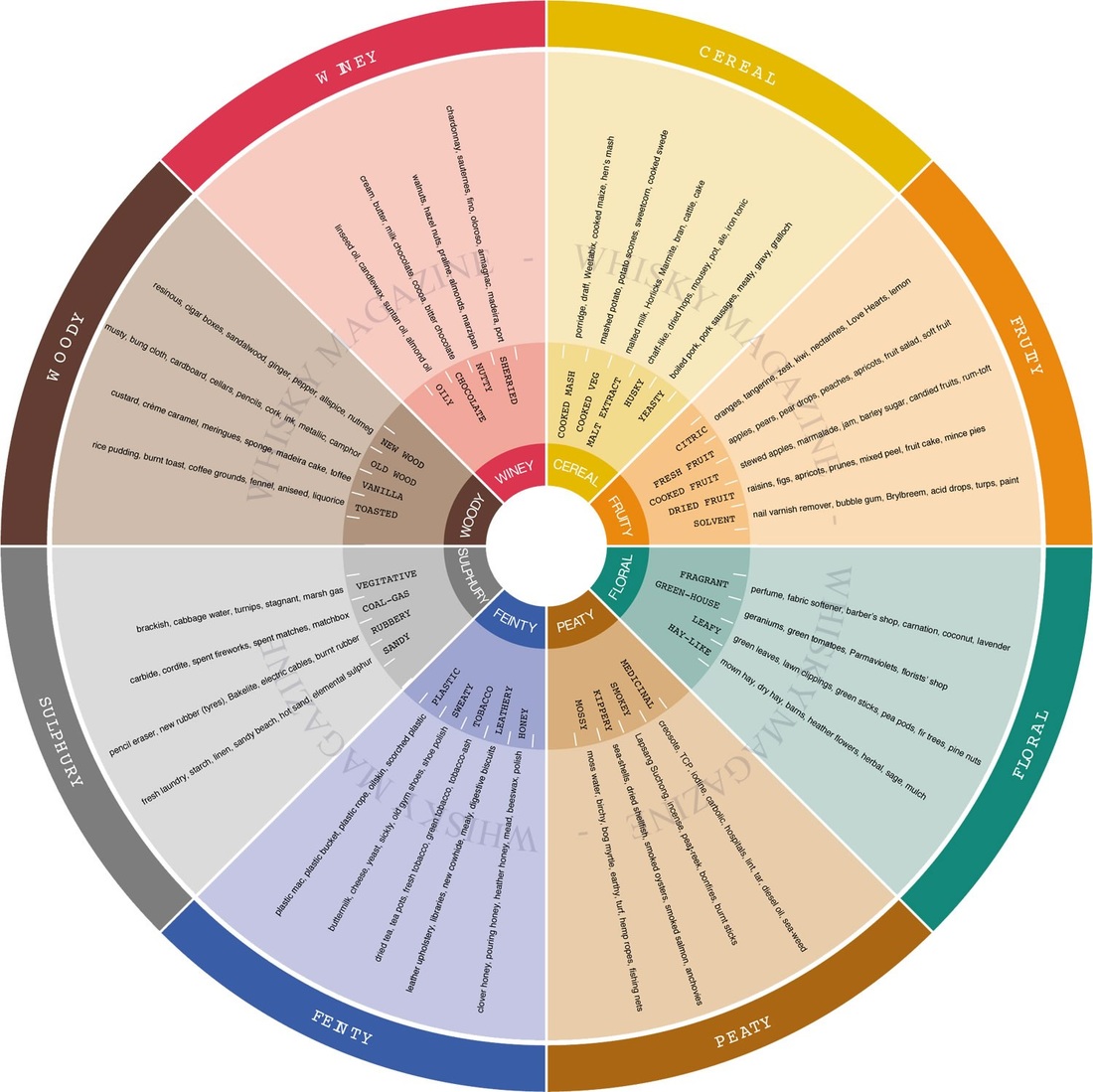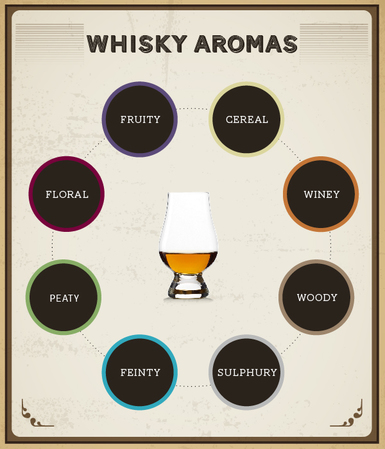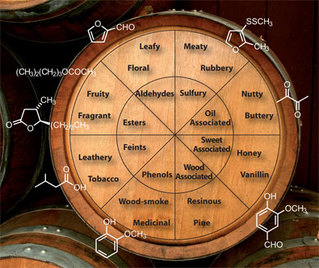
Whiskey gets its ingredients determining its flavor, color and taste from the grains, products of microbial fermentation and constituents of the wood barrel that gradually dissolve into the spirit.
Main microbe in whiskey industry is Saccaromyces yeast, mostly S.cerevisiae although various secondary species have been used with it. The most used whiskey distiller's yeast in the latter part of the 20th century was a S.cerevisiae strain called DCL M, M-strain, Quest M, Rasse M, M-1, D1 or WH301. The M-strain is an intraspecies hybrid of S.cerevisiae (as S.cerevisiae covers the former S.diastaticus species). In continental Europe there were specific strains for grain wort and malt wort (Rasse M, Rasse XII) and rye wort (R-strain) and even a raspberry-flavor producing strain "A"
Notable bacterial representatives of whiskey include Lactobacilli: Lactobacillus brevis, Lactobacillus fermentum, Lactobacillus paracasei,Lactobacillus pentosus, also Lactobacillus buchneri and Lactobacillus ferintoshensis.



